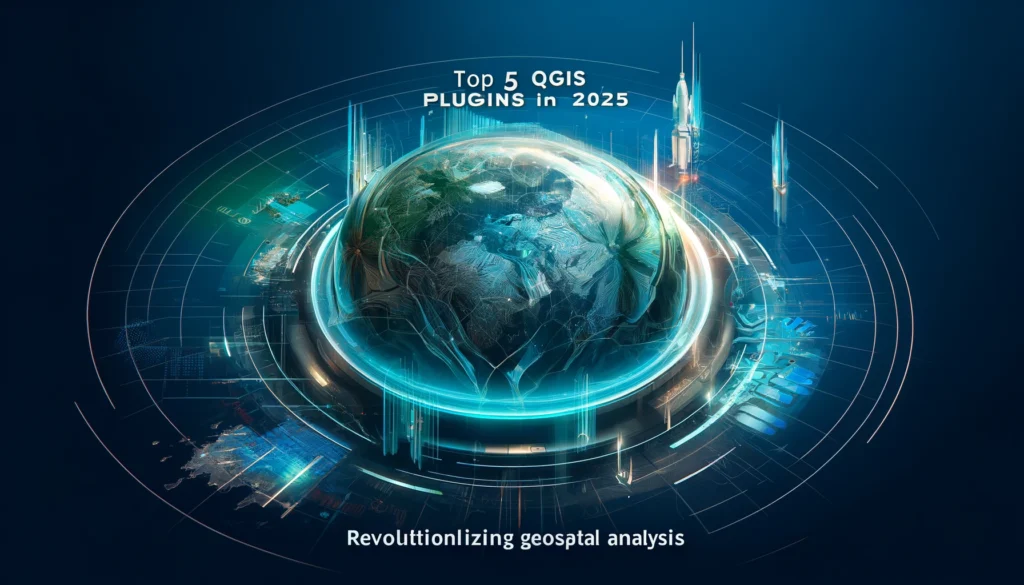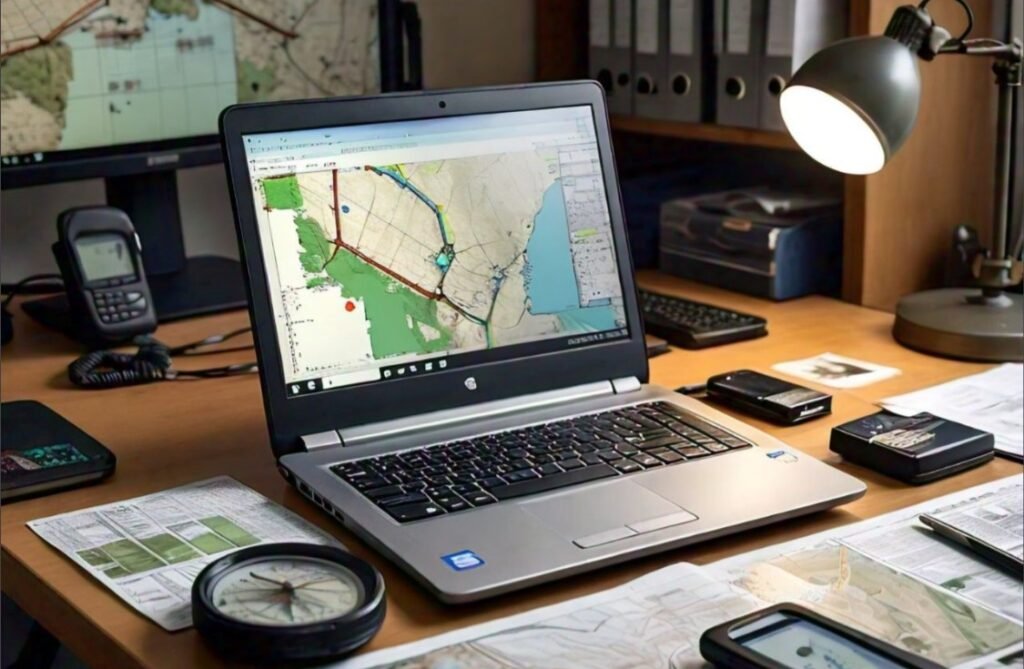Introduction
In 2025, QGIS will continue to lead the way as a powerhouse in open-source geospatial analysis. Its flexibility and robust plugin ecosystem empower geospatial professionals and enthusiasts to achieve sophisticated tasks effortlessly. Knowing the most effective plugins can significantly enhance your productivity, whether you are an urban planner, environmental scientist, or GIS developer. Here are the top 5 QGIS plugins you should use in 2025, offering cutting-edge functionality to stay ahead in geospatial analysis.
1. Semi-Automatic Classification Plugin (SCP)
The Semi-Automatic Classification Plugin (SCP) is a must-have for remote sensing enthusiasts and professionals. It simplifies land cover classification and remote sensing analysis by streamlining workflows. SCP supports multispectral imagery, such as Sentinel-2 and Landsat, making it ideal for:
- Automated classification of satellite imagery
- Calculating indices like NDVI and EVI
- Preprocessing tasks such as atmospheric correction
It facilitates the supervised classification of remotely sensed images. It provides various tools for image downloading, preprocessing, and post-processing. Users can easily search for and download satellite images, including Landsat and Sentinel-2. The plugin supports multiple algorithms for land cover classification and requires the installation of dependencies such as Remotior Sensus, GDAL, OGR, NumPy, SciPy, and Matplotlib. SCP provides step-by-step tutorials and built-in help, allowing users to experiment with real-world data.

Figure 1. Satellite imagery before classification within SCP.

Figure 2. Classified imagery within SCP using a machine learning algorithm.
Here is the plugin repository to download: Download SCP Plugin
2. Profile Tool
The Profile Tool QGIS plugin analyzes elevation profiles and cross-sections from raster layers. It allows users to extract and visualize elevation data along a specified line, making it a staple for topographic and environmental studies. Users can overlay multiple profiles for comparison and export them as interactive graphs.
Applications:
- Generating elevation profiles for infrastructure projects
- Analyzing terrain changes over time
- Supporting hydrological modeling
The plugin also supports integration with 3D terrain models, enabling more detailed and interactive profile visualizations.

Figure 3. The red line is drawn over DEM and its elevation profile has been drawn.
Here is the link to download this plugin Download Profile Tool Plugin
3. Qgis2threejs
Creating 3D visualizations has never been easier than with Qgis2threejs. This plugin lets you convert your geospatial data into interactive 3D web visualizations.
Applications:
- Urban planning and development simulations
- Terrain analysis with DEMs (Digital Elevation Models)
- Visual storytelling for stakeholders
Qgis2threejs now supports augmented reality (AR) integration, allowing users to visualize 3D models on AR-enabled devices. This advancement opens new possibilities for immersive geospatial experiences.
Interactive Features:
Export interactive 3D visualizations directly to web platforms or share AR models for collaborative decision-making.

Figure 4. Visualization of 3D terrain, which can be exported as an image and converted into animation.
Plugin Repository:
Download Qgis2threejs Plugin
4. DataPlotly
Data visualization is critical for communicating insights, and DataPlotly bridges the gap between spatial data and dynamic plots. This plugin integrates QGIS with the powerful Plotly library to generate interactive charts.
Key Features:
- Creates scatter plots, bar graphs, and pie charts from attribute data
- Interactive features like zooming and filtering
- Compatible with spatial and non-spatial data
DataPlotly now offers real-time data synchronization, making it a valuable tool for monitoring live data feeds, such as IoT sensor networks or traffic monitoring systems.
Interactive Features:
Dynamic filtering options allow users to explore data relationships visually and export customized graphs.

Animation of connected dynamic box plot and map canvas from https://dataplotly-docs.readthedocs.io/en/latest/intro.html
Plugin Repository:
Download DataPlotly Plugin
5. QuickOSM
QuickOSM is a powerful plugin for working with OpenStreetMap (OSM) data directly within QGIS. It allows users to extract and analyze geospatial data from OSM without needing external tools.
Capabilities:
- Fetching OSM data for specific locations or features
- Analyzing road networks, building footprints, and land use
- Customizing queries for precise data extraction
In 2025, QuickOSM supports enhanced query options, making it easier to filter complex datasets and work seamlessly with other geospatial tools. This plugin is essential for urban planners, transportation analysts, and researchers working with open geospatial data.
Interactive Features:
The plugin now includes query templates and visualization options to better manage and present extracted data.
Plugin Repository:
Download QuickOSM Plugin
Conclusion: Maximize Your QGIS Experience
These plugins represent the forefront of QGIS capabilities in 2025, enhancing workflows across various industries. By incorporating these tools into your geospatial projects, you can achieve greater accuracy, efficiency, and creativity. Whether you’re a seasoned professional or a GIS novice, these plugins ensure you stay ahead in the rapidly evolving field of geospatial analysis.
Have you tried these plugins? Please share your experiences in the comments below and let us know which ones have transformed your workflow!



